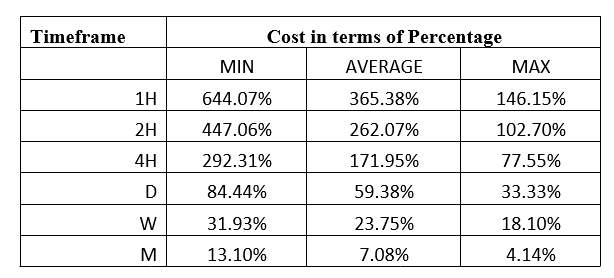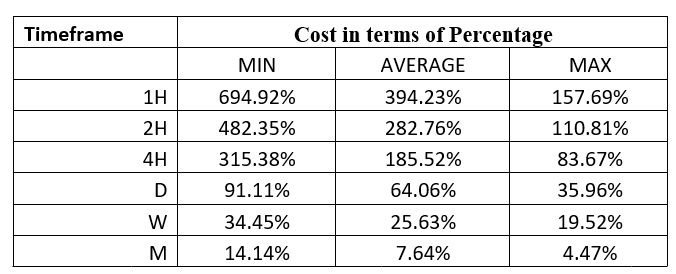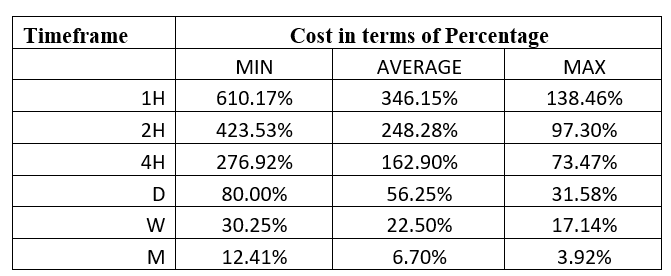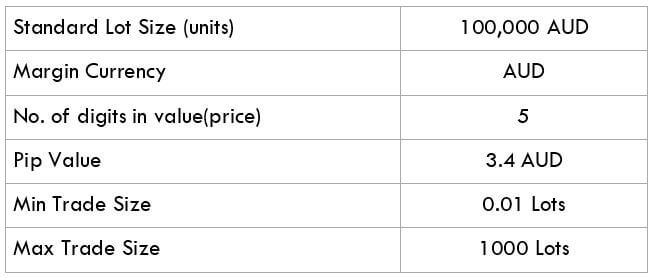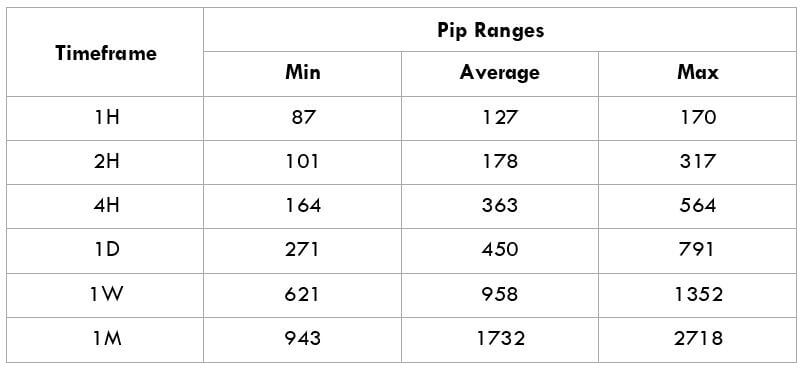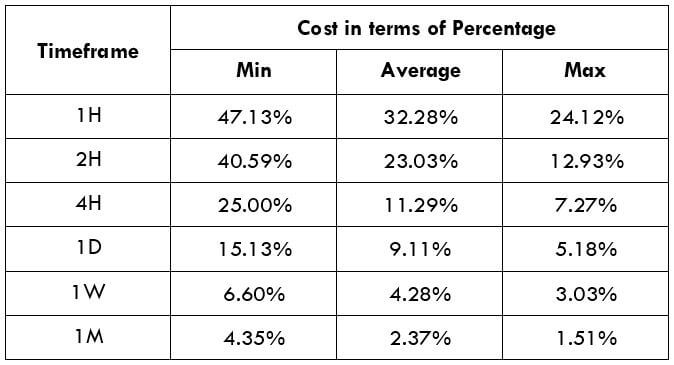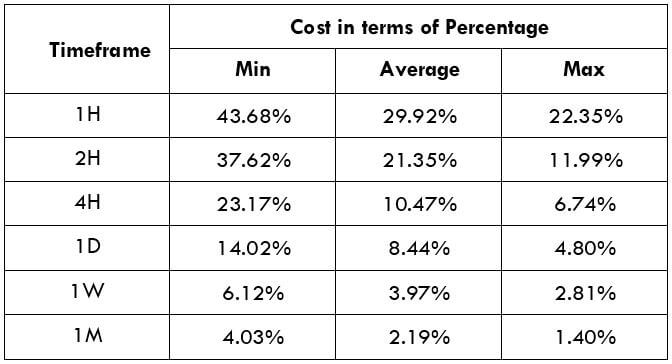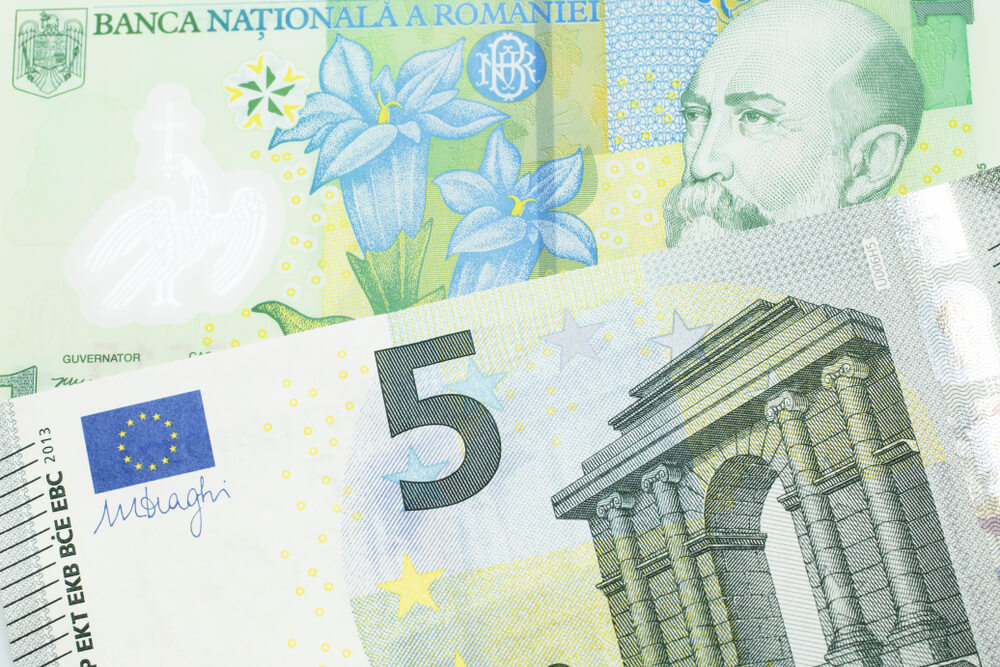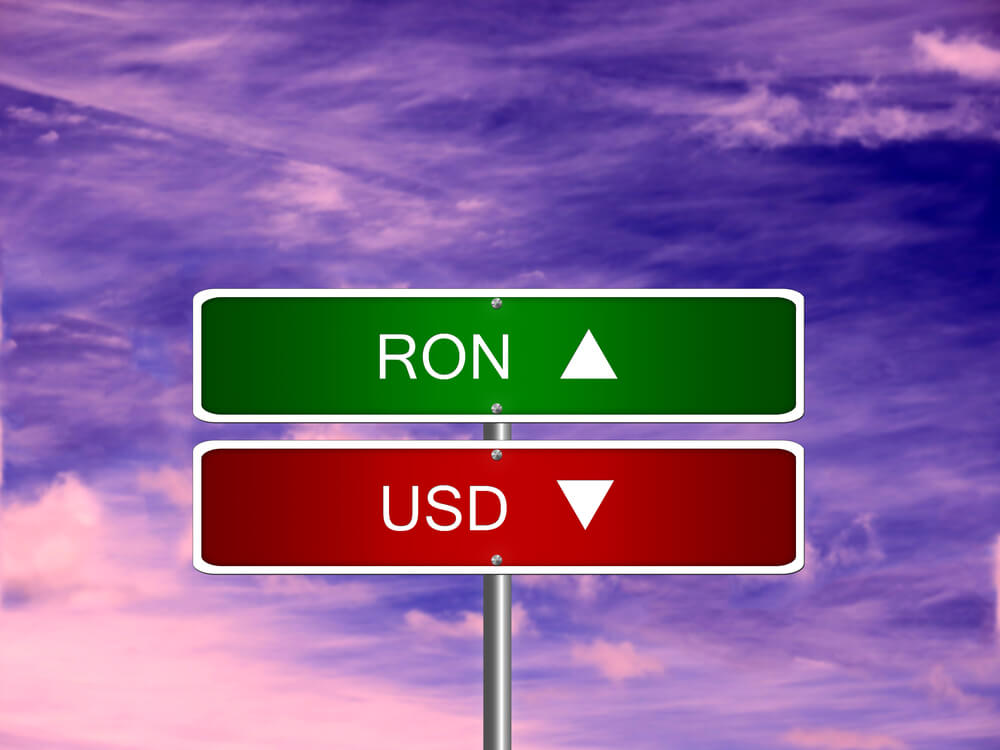Introduction
The CAD/RON is an exotic currency pair where CAD is the Canadian Dollar, and RON is the Romanian Leu. This article will explain some basic elements about the CAD/RON you ought to know before you start trading this pair. The CAD is the base currency, and RON is the quote currency in the CAD/RON exotic pair.
Thus, the CAD/RON pair’s price represents the amount of RON that you can buy using 1 CAD. If the pair’s current price is 3.1292, it means that you can use 1CAD to purchase 3.1292 RON.
CAD/RON Specification
Spread
When trading forex, the spread represents the difference between the price at which a currency pair can be bought (bid price) and the price it can be sold at (ask price).
The spread for the CAD/RON pair is: ECN: 35 pips | STP: 39 pips
Fees
The STP accounts have no trading fees attached. Trading fees for the ECN accounts vary depending on your choice of forex broker.
Slippage
When trading in the forex market, sometimes the price you request on an order tends to be different from the price your broker executes the trade. This difference is known as slippage, and it depends on the broker’s speed of execution and market volatility.
Trading Range in the CAD/RON Pair
To ensure that proper risk management measures are taken, forex traders should know how much a currency pair fluctuates within a given timeframe. Trading range analysis can help forex traders to determine the volatility associated with trading a particular currency pair. This volatility is measured in terms of pips. If the CAD/RON pair has a volatility of 10 pips within the 1-hour timeframe, then a forex trader can be expected to gain or lose $32 since the value of 1 pip of CAD/RON is $3.2
Below is a table showing the minimum, average, and maximum volatility of CAD/RON across different timeframes.
The Procedure to assess Pip Ranges
- Add the ATR indicator to your chart
- Set the period to 1
- Add a 200-period SMA to this indicator
- Shrink the chart so you can determine a larger period
- Select your desired timeframe
- Measure the floor level and set this value as the min
- Measure the level of the 200-period SMA and set this as the average
- Measure the peak levels and set this as Max.
CAD/RON Cost as a Percentage of the Trading Range
When trading forex, the costs you can expect to incur include; brokers’ fees, slippage, and spread.
Total cost = Slippage + Spread + Trading Fee
The tables below show the analyses of percentage costs in both ECN and STP accounts.
ECN Model Account
Spread = 35 | Slippage = 2 | Trading fee = 1
Total cost = 38
STP Model Account
Spread = 39 | Slippage = 2 | Trading fee = 0
Total cost = 41
The Ideal Timeframe to Trade CAD/RON
From the above cost analysis, we can observe that the cost of trading the CAD/RON pair varies across different timeframes depending on the volatility. For both the STP and the ECN accounts, the 1-hour timeframe carries the highest costs at 694.92% and 644.07%, respectively. These higher costs are associated with the low volatility of 0.1 pips observed during the 1-hour timeframe.
We can also notice that the trading costs drop significantly when the volatility across all timeframes is above average. Therefore, for intraday forex traders, placing trades when the volatility is above average might be a better way of reducing the trading costs associated with the CAD/RON pair. On the other hand, longer-term traders of the pair enjoy lesser trading costs.
One way for traders to reduce their trading costs is to use limit order types. These forex order types eliminate the effects of slippage, thus make the associated slippage costs zero. Below are costs for a trader using limit orders.
ECN Model Account (Using Limit Orders)
Total cost = Slippage + Spread + Trading fee
= 0 + 35 + 1 = 36
As you can see, the trading costs are significantly reduced when limit orders are employed. The highest trading costs dropped from 644.07% to 610.17% of the trading range.




